Mystery CastleBoyce Luther Gulley (1883-1945)
Extant
800 E Mineral Rd, Phoenix, Arizona, 85042, United States
1930 to 1945
The Mystery Castle is not currently open to the public.
About the Artist/Site
The tales that surround the history of Phoenix’s Mystery Castle heighten the mystery. However, what is known is in itself interesting.
Boyce Luther Gulley, the builder/designer of the Mystery Castle, was born in Melbourne, Arkansas in 1883 to a rather prominent family. Nothing was discovered about his early childhood, and by 1910, he was still residing in Arkansas and had some business. He did spend a year or two in Oklahoma which is where he met his future wife. Eventually he moved to Wenatchee, Washington where he settled with his new wife and operated a shoe company.
By 1920, the Gulleys had moved to Seattle, Washington. Gulley worked as the manager of a shoe store and later as a traveling shoe salesman. Documentation shows that he worked for the Buster Brown Shoe Company which later became the Hamilton-Brown Shoe Company.
Mary Lou was born in 1923 in Seattle and tells the story that she and her father talked about fairytales and made sandcastles. He promised that one day he would build her a permanent one since the sand ones always disappeared. According to Mary Lou, her father left when she was three which would be around 1926, but it is unclear where her father Boyce was between that year and the finalized divorce in December 1930. Another mystery.
It's assumed that Gulley came to Arizona either in the late 1920s or early 1930s based on the stories Mary Lou Gulley related. Yet, the 1930 US Census still showed him as the head of household in Seattle. However, there was an acrimonious divorce at the end of 1930 when his former wife Frances, won custody of their child, Mary Lou, so he may not have still been living in Seattle then.
Discovering after his death that Gulley had tuberculosis, it seems reasonable to conclude that is why he came to Arizona as did many others who had TB or another respiratory disease. That damp Seattle climate must have been detrimental to his health. In Arizona TB sufferers hoped that the dry air would help them recover and for what Gulley managed to accomplish in the next 15 years, the Arizona air was extremely helpful.
How Gulley decided on the site he chose on the northern side of South Mountain is also not known. Gulley did receive a land patent for the 7.01 acres in April 1940 after putting in the required improvements. On tours, Mary Lou explained that this was a mining grant, but that is questionable. Gulley did have some mining patents according to the probated estate, but those were all in Yavapai County, not Maricopa County. Whether he actually tried to mine on the Mystery Castle land is not clear.
The details of how the Mystery Castle was built and where many of the items came from stem from the stories that Mary Lou Gulley told in her tours. And it has been reported that she may have embellished things in the telling. As she had no contact with her father prior to inheriting the Mystery Castle, she may have relied on the information of the caretaker, Charlie, who passed along numerous tales as to where items originated.
Gulley had no training in designing or constructing a building. He apparently read engineer books and probably asked others questions. Based on the finished results, Gulley’s design was a very basic organic architectural style. The building harmonizes with its natural surroundings not only in shape, but also in materials used. South Mountain had been said to be the place that people merely dumped items they no longer wanted or were no longer usable. And Gulley quickly figured out how to incorporate cast offs as much as possible. And according to Mary Lou, once people in the area heard about the building, they brought stuff to Gulley. How much he was able to use is a mystery.
Throughout the castle, one can find old telegraph poles used as beams. Reused and new brick as pillars. Old windows from buildings being torn down. Slate chalkboards in the floor. Glass refrigerator boxes (the base and lid) being used as window panes. It truly is amazing how Gulley managed to find a use for so many things in the construction process.
According to the information provided in the tours, the first section of the castle built was the living room. Mary Lou explained in her book which came out in 1952, that “the floor [main lounge] was in the design of an enormous wagon wheel. The ‘Hub’ was a large stone fireplace in the center of the room. The heat from the fireplace warmed the rocks on the other side and gave a radiant heating system to the other rooms,” a rather ingenious idea as it could be quite cold on the mountain in the winter months. The second section built was the kitchen according to Mary Lou. Because of its distance from downtown Phoenix and it not being within the city limits until the 1950s, the isolated castle did not have electricity until 1968. No mention was made as to when water came to the property. For years, the water was hauled to the castle.
The floors throughout the castle are “decorated” in various stones and designs. There is some thought that some of the stone on the interior as well as the exterior came from Gulley’s mining claims. Many of the accoutrements and furnishings came from Mexico according to Mary Lou’s tour information. How many trips Gulley may have made across the border is not known. The border crossings were not recorded or accessible and no passport was found.
The exterior has many unique spots. On the “main” patio are what appear to be two “urns.” On closer examination they resemble Corinthian columns although they are clearly in the shape of a saguaro cactus, native to the Sonoran Desert where the castle is situated. Mary Lou’s book claimed that there was a Mexican Aztec calendar stone cemented in the grey adobe wall below the main parapets. She also mentioned that her father had purchased an old mission bell in Mexico City which hung in the highest turret. Unfortunately, that was stolen in the early days of her occupancy in the castle (prior to 1952).
That same book describes very little about specific sections of the house as to when they were built. It spends more time describing the adventures she and her mother had when they first took over the property which had been left to Mary Lou as the sole heir to Boyce Gulley’s estate. Newspaper articles provide numerous descriptions: “a tower resembling the turret of a medieval castle overlooks one wing of the building, while another wing features a Spanish-type balcony. Stones representative of Arizona such as turquoise and onyx are set in the walls…along with …a sundial from the Mexico castle of Empress Carlotta.”
The Name: Mystery Castle
Mary Lou and her mother arrived in Arizona after receiving notification of her father’s death. Nearly 23 years of age, Mary Lou was about to receive a shock and become an integral part of maintaining the symbol of her father’s love. Gulley required that Mary Lou live in Arizona for two years before the Castle would officially become hers. Having no occupation, Mary Lou needed to find some way to support herself and her mother. And she was aware that people were curious about that strange building on the side of South Mountain that she now called home.
Originally Mary Lou Gulley “billed” the castle as El Casalina. While the Spanish name might have conveyed a certain exoticness, labeling the structure as The Mystery Castle seemed to provide a greater sense of something different. Naming the site came about when Mary Lou decided to give tours to raise money. Once the January 26, 1948, Life Magazine issue reached the newsstands, the tour business began to take off. Since there is no air conditioning in the castle, the tours were limited to the cooler months which were generally October through May. Mary Lou’s book My Mystery Castle, which came out in late 1952, received great coverage in the press and won the Mark Twain Medal awarded by the International Mark Twain Society in early 1953. This also increased the public’s awareness and interest in the Mystery Castle.
Ever the entrepreneur, Mary Lou offered the Chapel portion of the castle as a site for small weddings although one article credits her mother for this idea. The first such event took place in February 1952 and was quite the affair. And the castle became the centerpiece of an episode of “Then Came Bronson” TV series in 1969. Interior and exterior scenes are recognizable.
When comparing the Mystery Castle to other made-by-hand edifices, Gulley’s creation may be the most unusual. Perhaps not knowing where various components came from, nor did Gulley do all the construction by himself increases the aura of mystery. To this day, visiting Mystery Castle still conjures up questions about how that was done by one person.
1. Gulley, Mary Lou. My Mystery Castle. Culver City, CA: Murray & Gee, Inc. 1952:110
2. According to the probate settlement, Gulley had died in estate.
3. “Resort Opens Season With Tea.” Arizona Republic 15 December 1946:sec3:10; Carlotta was the wife of Emperor Maximillian of Mexico.
– Donna Reiner, PhD, Preserve Phoenix Board Member (2025)
Contributors
Materials
automobile parts, brick, rock, stone, tiles
SPACES Archives Holdings
1 envelope: images
Map & Site Information
800 E Mineral Rd
Phoenix, Arizona, 85042
us
Latitude/Longitude: 33.3566014 / -112.0619422
Nearby Environments


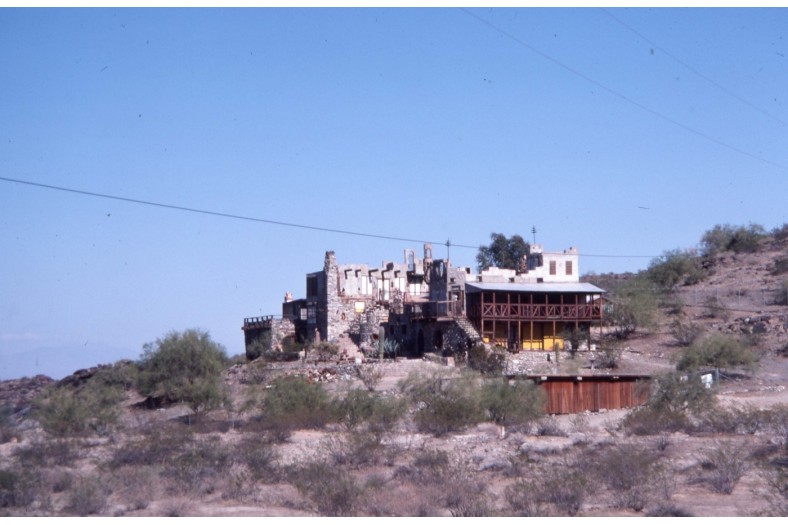
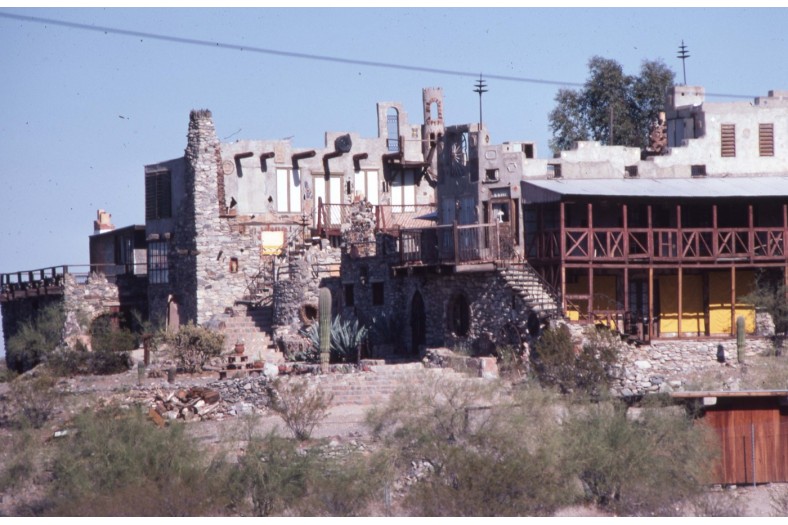
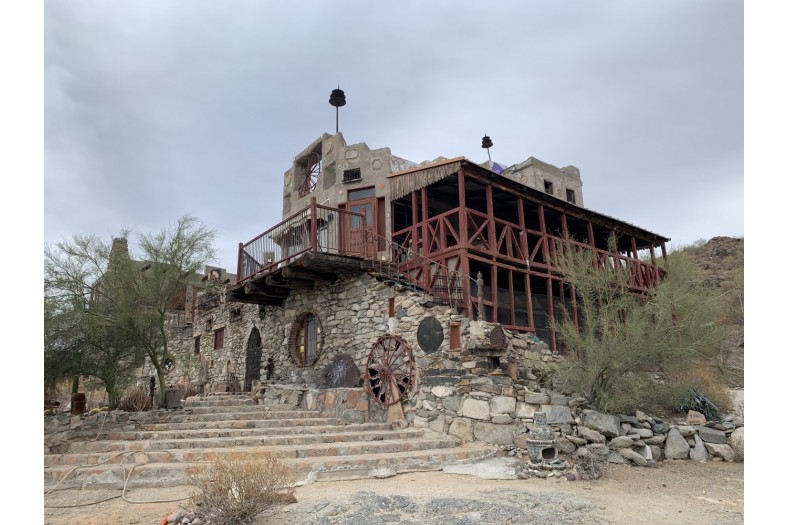
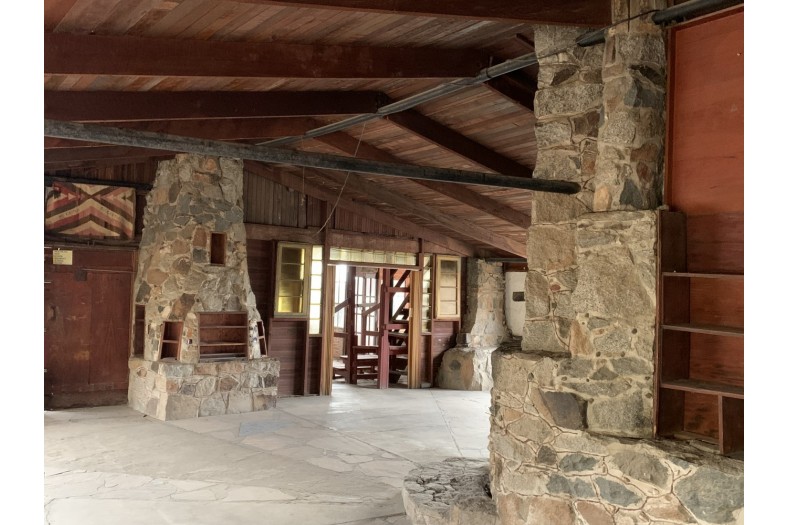
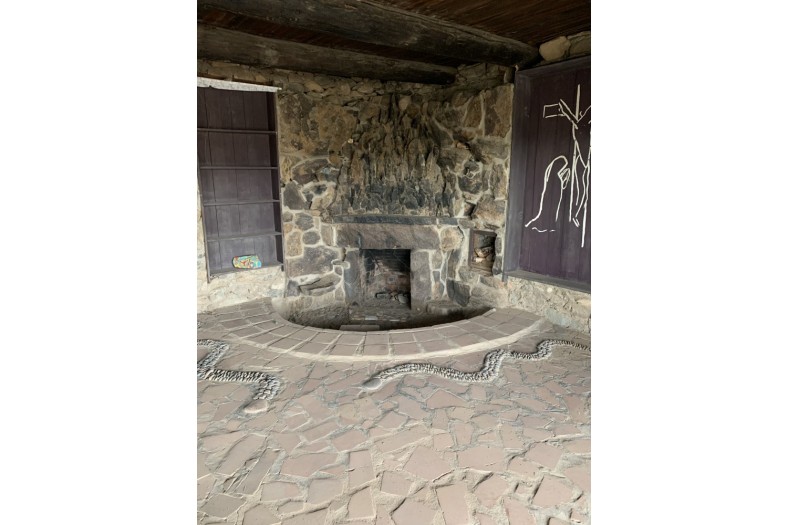
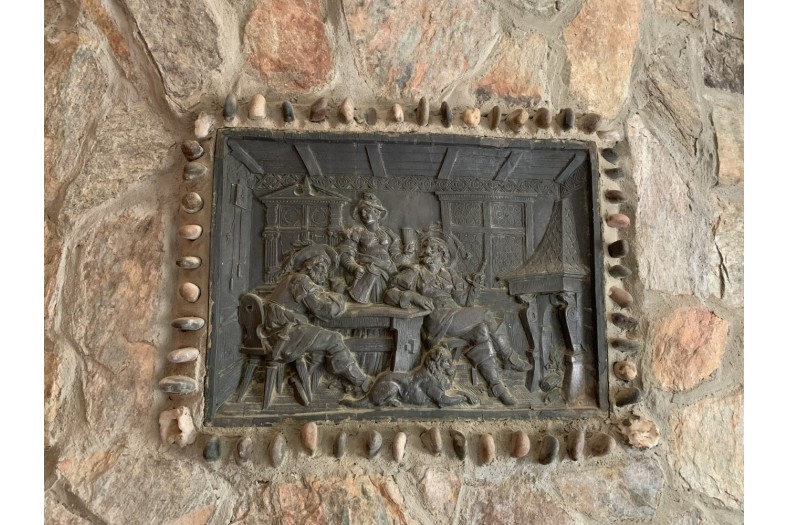
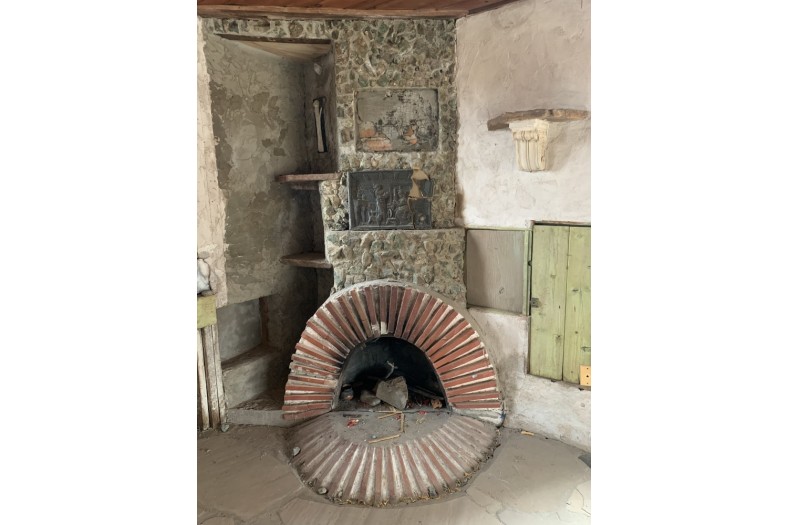
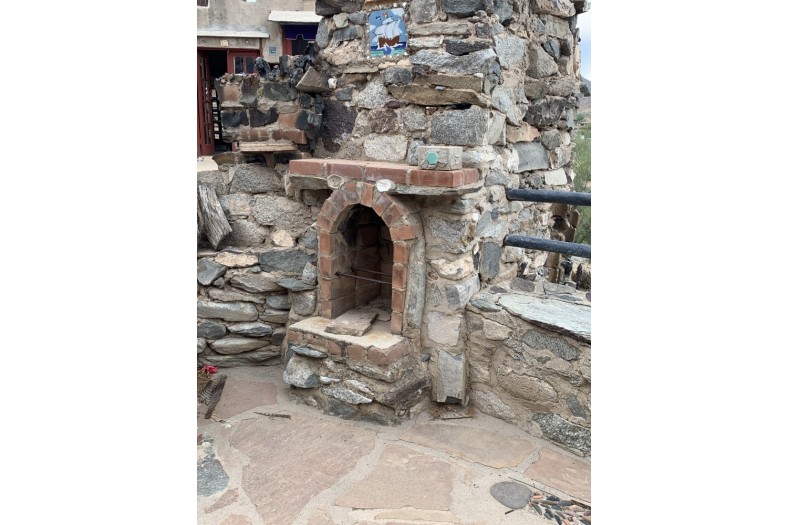
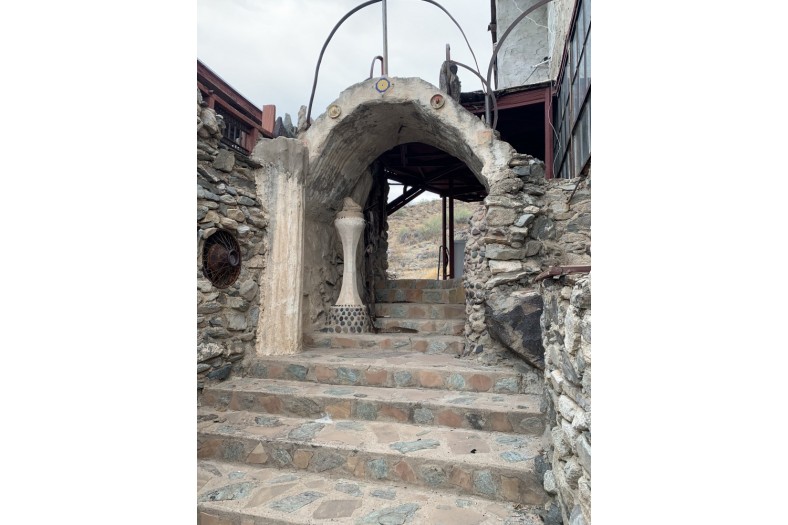
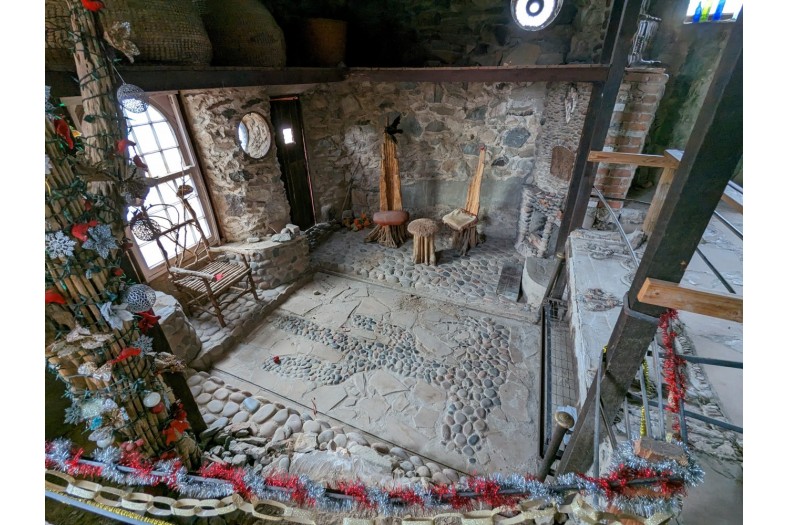
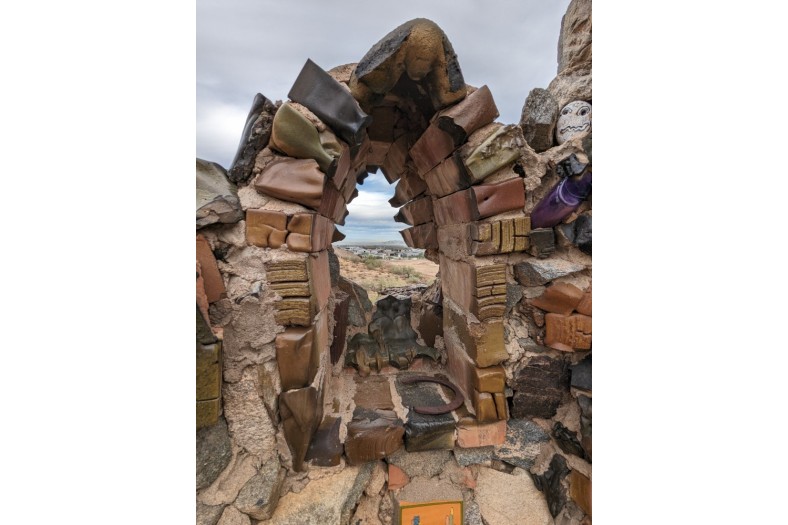
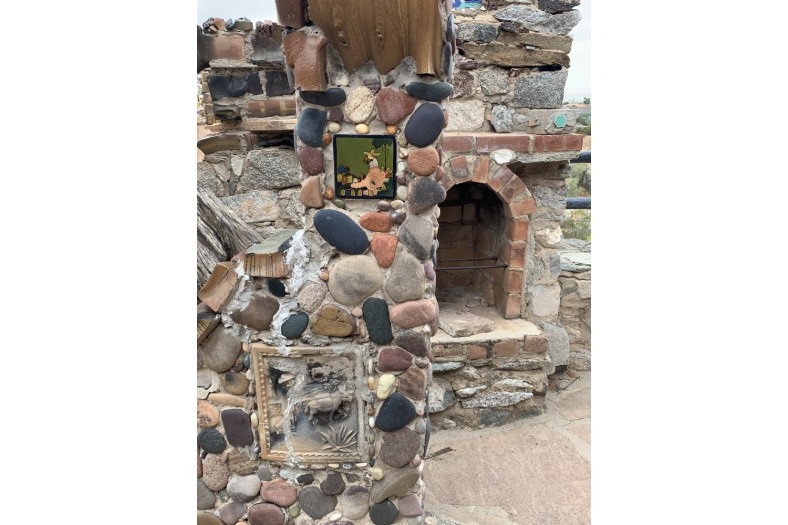
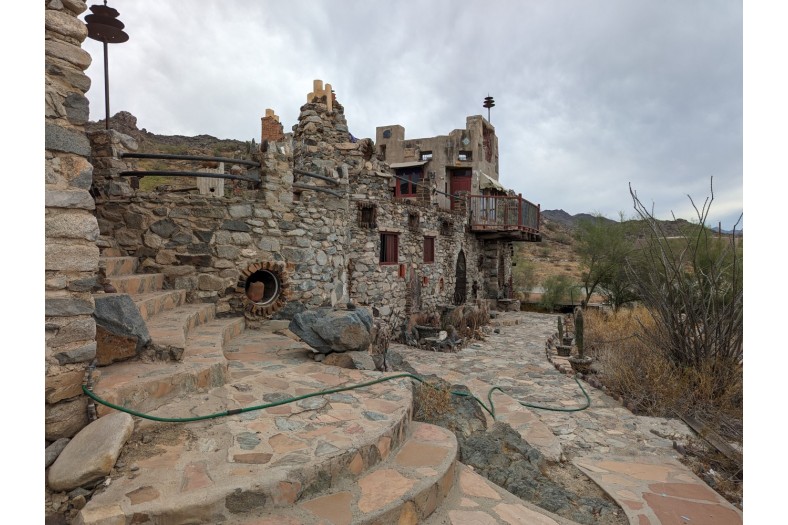

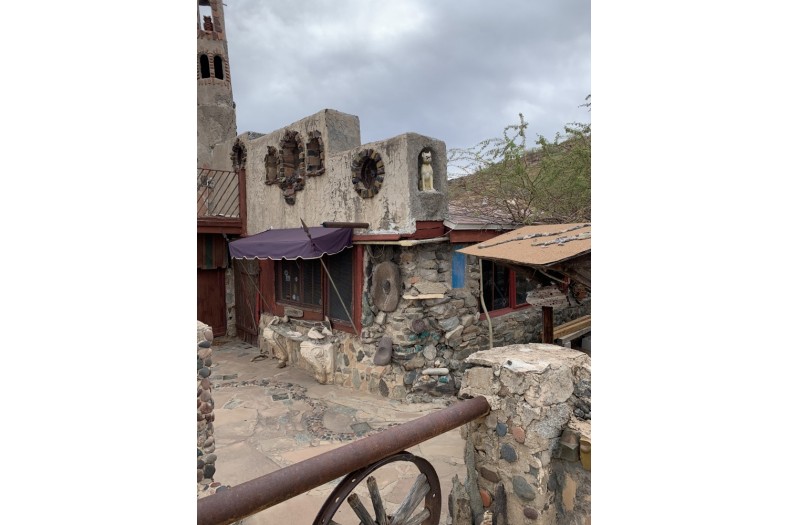
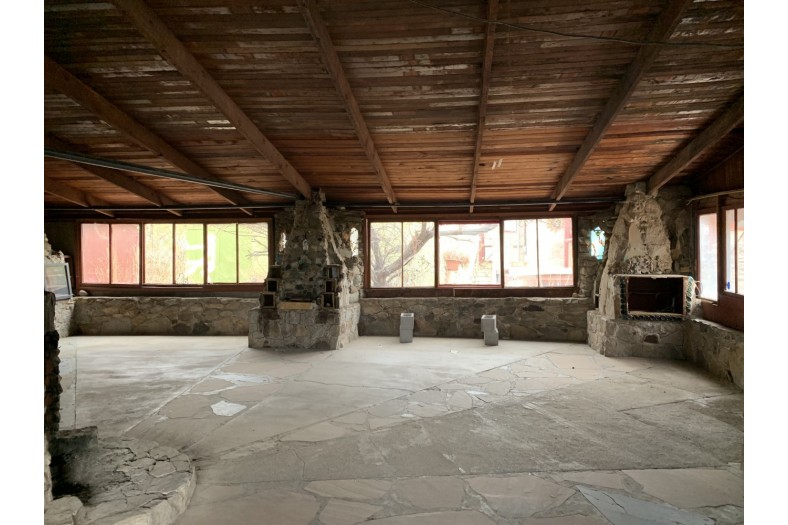
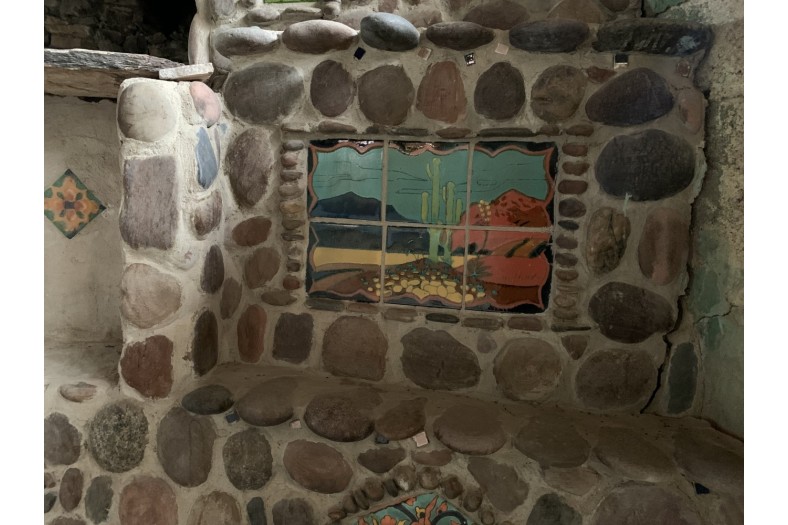
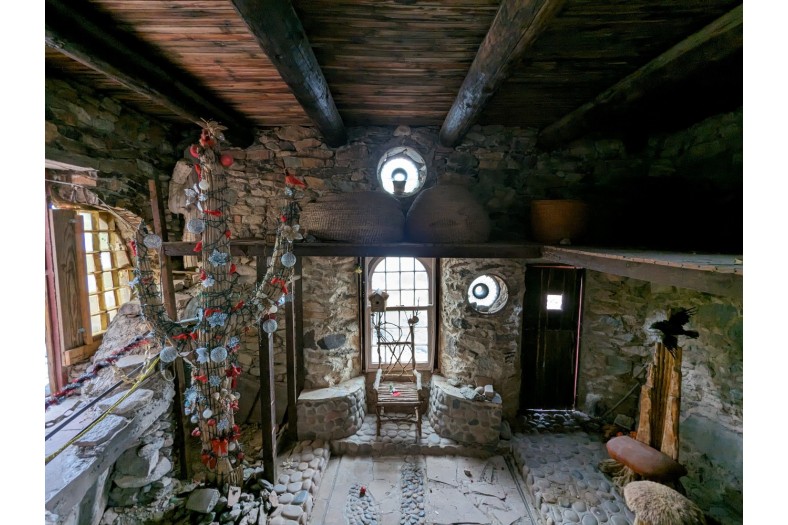
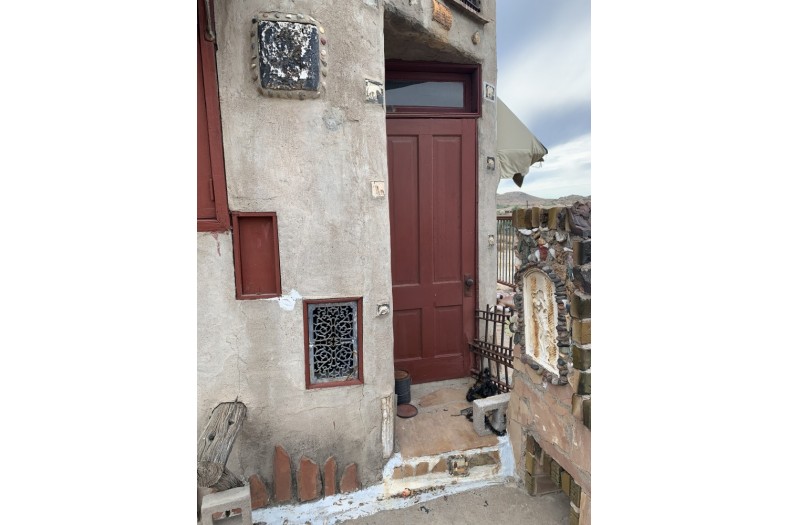
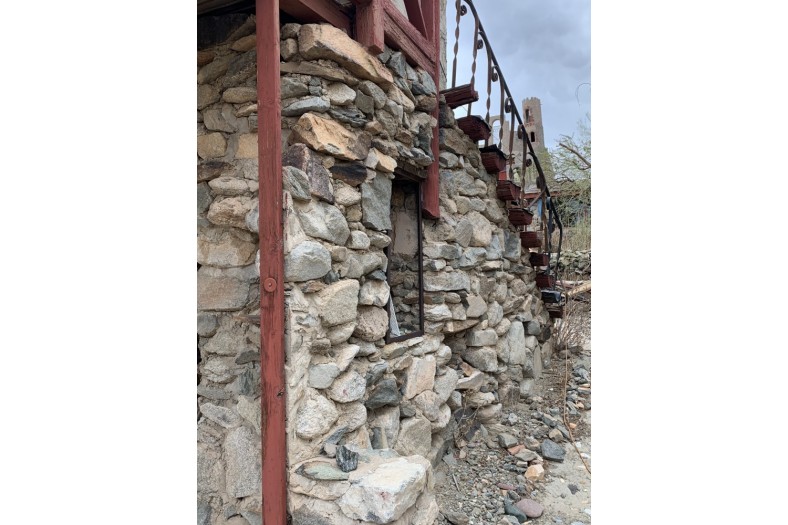
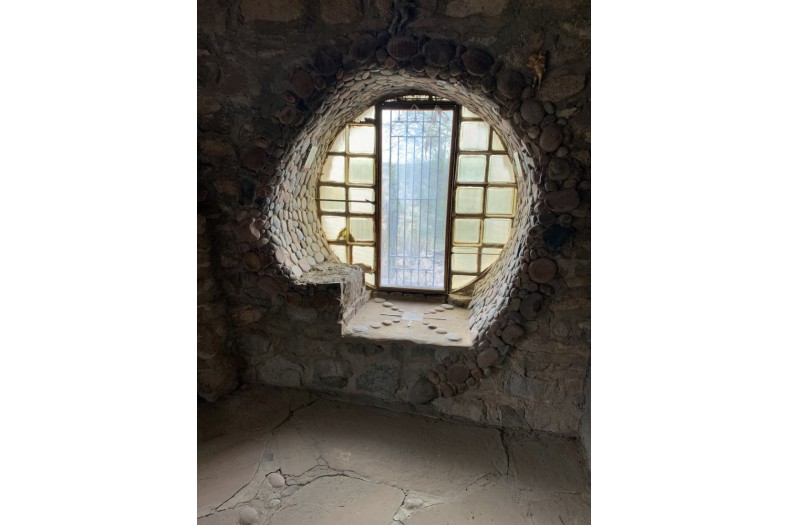
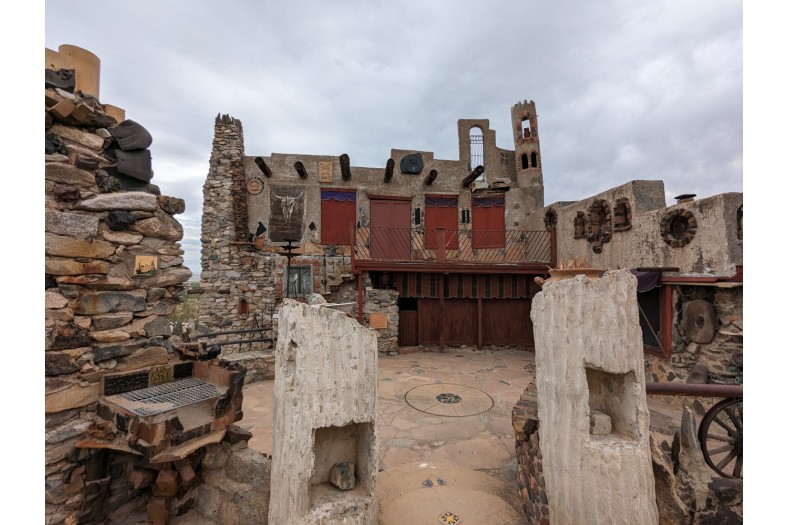
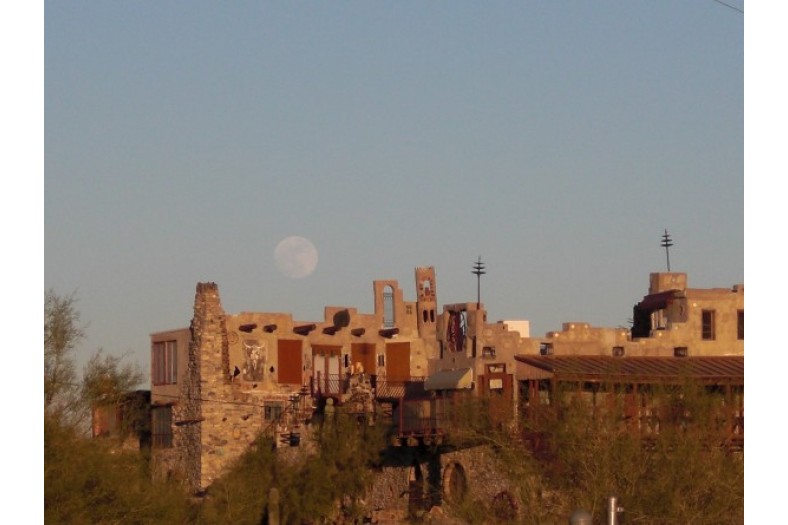
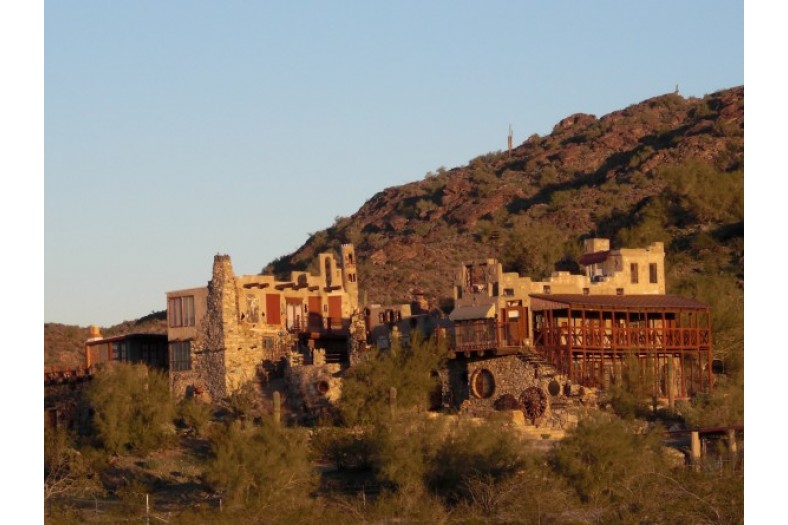
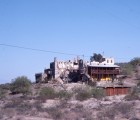
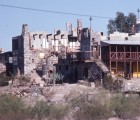
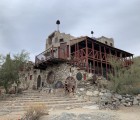
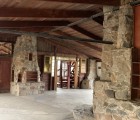
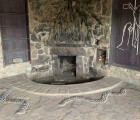
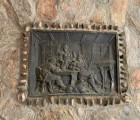
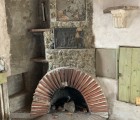
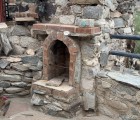
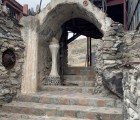
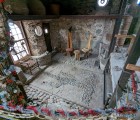
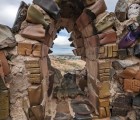
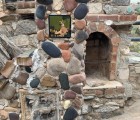
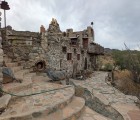

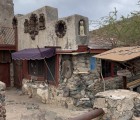
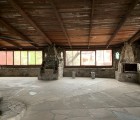
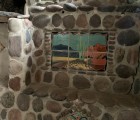
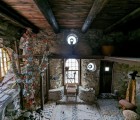
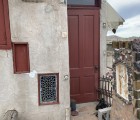
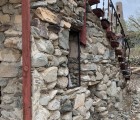
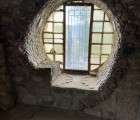
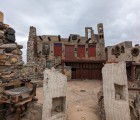
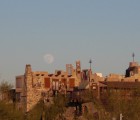
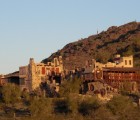
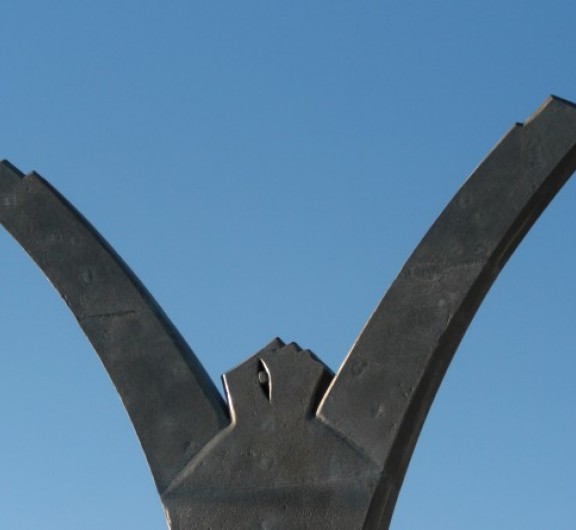
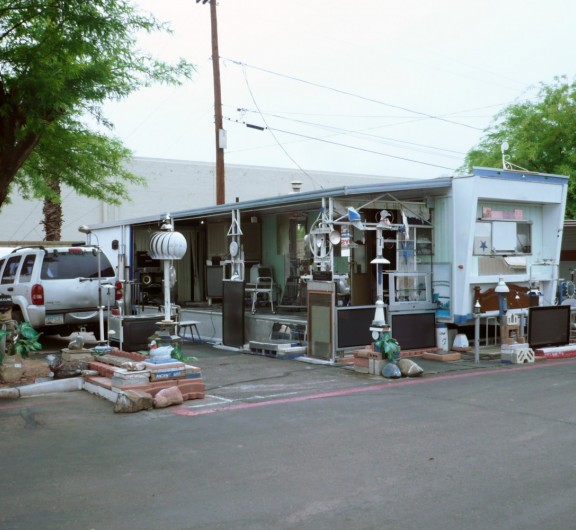
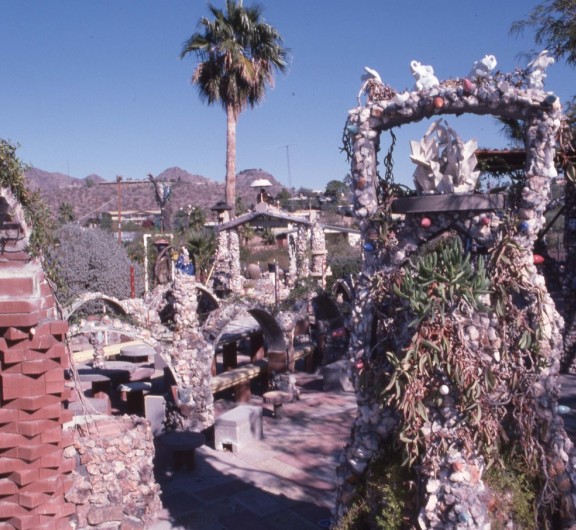
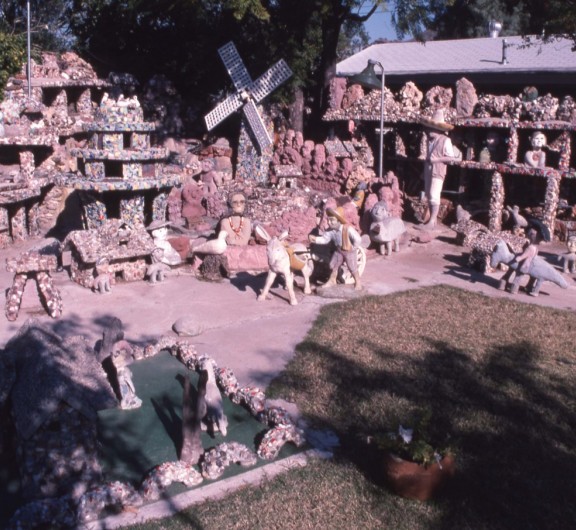
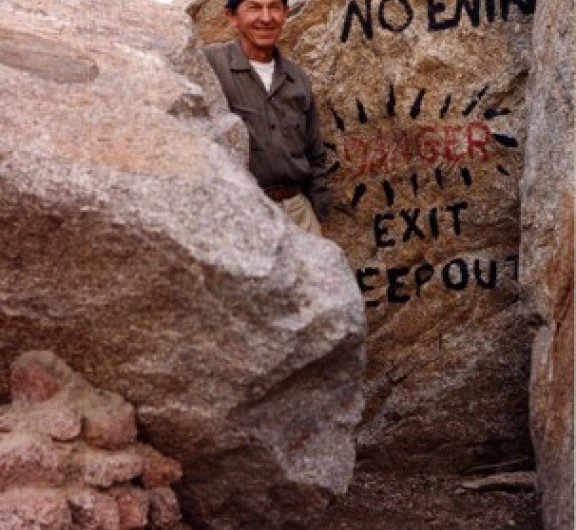
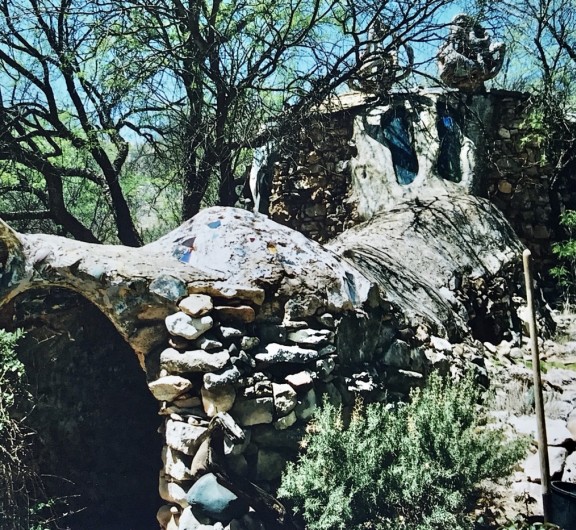

Post your comment
Comments
No one has commented on this page yet.